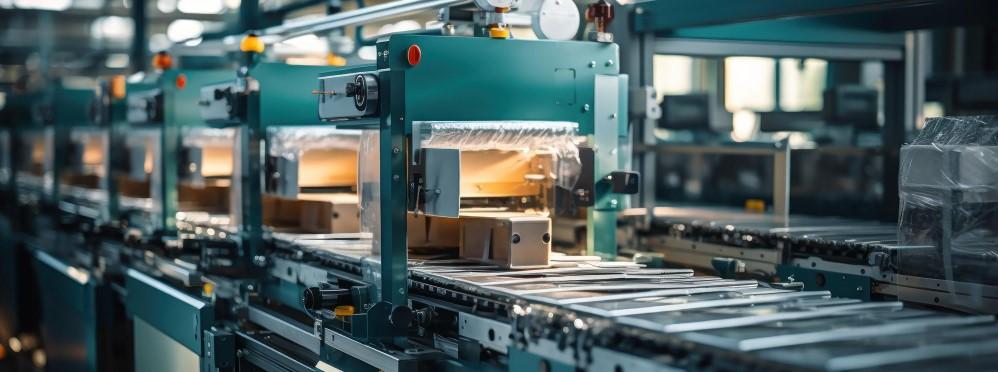Choosing the right DIN rail power supply is crucial for industrial automation and control systems. Among the most common types are switching power supplies (SMPS) and linear power supplies. Understanding their differences can help you select the best option for efficiency, reliability, and performance.
1. Linear DIN Rail Power Supplies
Linear power supplies are the traditional type of power supply, using a simple design to convert AC voltage to DC.
How It Works:
-
AC input is stepped down using a transformer.
-
The voltage is rectified and filtered to DC.
-
A linear regulator maintains stable output voltage.
Advantages:
-
Low output noise: Excellent for sensitive electronics
-
Simple design: Easy to understand and maintain
-
Reliable: Fewer components mean fewer points of failure
Disadvantages:
-
Low efficiency: Excess energy is dissipated as heat
-
Bulky: Large transformers make them heavier and bigger
-
Limited voltage flexibility: Fixed voltage ranges make them less versatile
Applications:
-
Precision lab equipment
-
Audio electronics
-
Systems requiring very low electrical noise
2. Switching (SMPS) DIN Rail Power Supplies
Switching power supplies (SMPS) are modern, efficient alternatives designed to handle a wide range of input voltages.
How It Works:
-
AC input is rectified to DC.
-
The DC voltage is switched at high frequency using transistors.
-
A transformer and filter convert it back to regulated DC output.
Advantages:
-
High efficiency: Less energy wasted as heat
-
Compact design: Smaller size for the same power output
-
Wide input range: Can handle voltage fluctuations and international power standards
Disadvantages:
-
Higher output noise: May affect sensitive electronics
-
More complex design: Can be harder to troubleshoot
-
Electromagnetic interference (EMI): Requires proper filtering
Applications:
-
Industrial automation systems
-
PLCs and control panels
-
LED lighting systems and machinery
How to Choose Between Linear and Switching Power Supplies
-
Consider the application: Sensitive equipment favors linear, industrial systems favor SMPS.
-
Efficiency matters: For energy savings, switching supplies are better.
-
Space constraints: SMPS is ideal for compact control panels.
-
Noise sensitivity: If low electrical noise is critical, linear is preferred.
Conclusion
Both linear and switching DIN rail power supplies have their advantages depending on the system requirements. Linear power supplies are reliable for low-noise applications, while switching power supplies are efficient, compact, and versatile for modern industrial automation.

